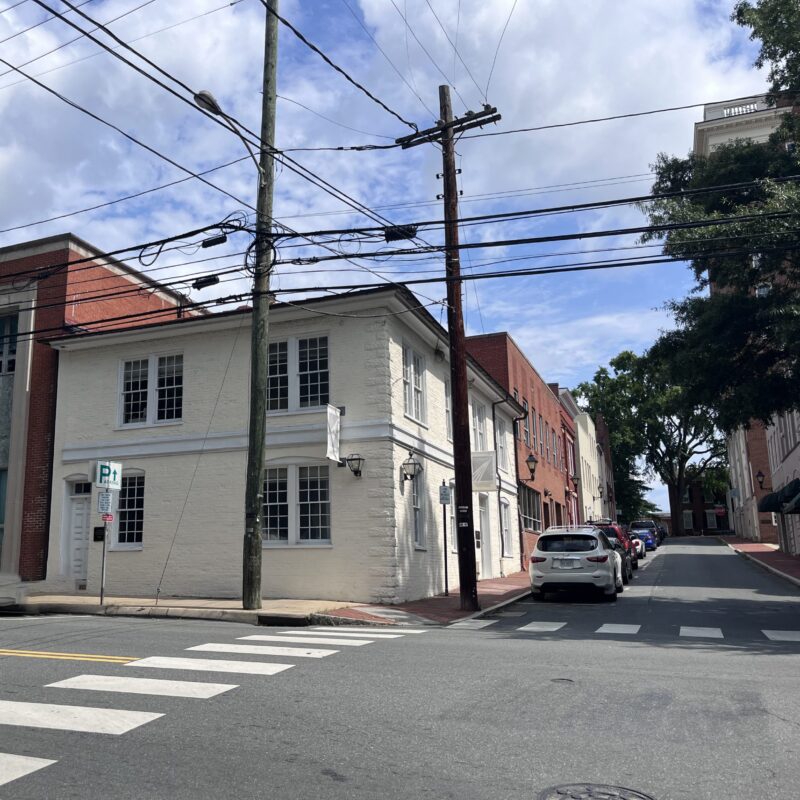While both the city and county continue to grapple with unprecedented budget cuts—especially within their school systems—University of Virginia administrators are trying to capitalize on the positive outcome of the recession: competitive construction prices.
|
Cheryl Gomez, UVA’s director of energy and utilities, calls lowering annual carbon emissions at the school “a 152,000 ton challenge.” |
In fact, during last Thursday’s Board of Visitors (BOV) meeting, the BOV finance committee approved a plan to accelerate the construction of Phase IV of the Alderman Road Housing Project—a fifth dorm building, expected to open in the fall of 2014, priced at $30 million. The first phase of the project, Kellogg House, was approved by the board in 2005 and opened to students in the fall of 2008. Phase II buildings are expected to open in May 2011, followed by Phase III in 2013.
The finance committee also approved the renovation and expansion of Newcomb Hall Dining. The project, estimated between $16 million and $18 million, is designed to add 45 percent more seating capacity, about 500 additional seats, to the second floor dining area. On the first floor, the plan calls for additional retail spaces and the renovation of existing ones.
“We are going to take advantage of the opportunity to make it a more efficient space, make it a little bit more inviting for people,” said Colette Sheehy, UVA vice president for Management and Budget.
University Architect David Neuman told the board that the Newcomb Hall landscape will also be improved, and the terrace area will have a green roof with access via the Newcomb ballroom. Another $15 million renovation of student spaces in Newcomb Hall is planned, “so there is a good opportunity to coordinate these two projects together and have them maximize the benefit for the student spaces,” said Sheehy.
Competitive pricing aside, UVA’s present and future construction plans have contributed to a rise in energy consumption. Cheryl Gomez, director of energy and utilities, told the board that UVA’s carbon emissions currently stand at 325,000 tons annually. Projected emissions for 2020 total 412,000 tons.
“We would like to go down and stay at about 260,000”—20 percent lower than the 2008 levels, according to Gomez. “We have a 152,000 ton challenge in front of us.”
C-VILLE welcomes news tips from readers. Send them to news@c-ville.com.






